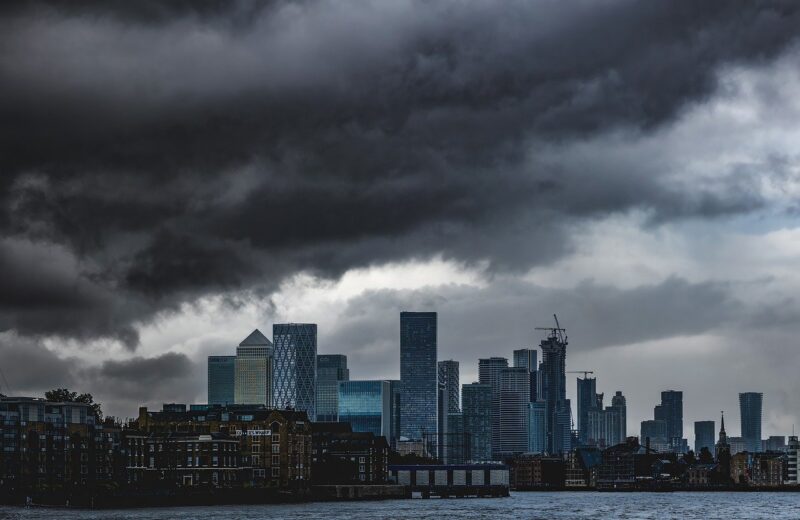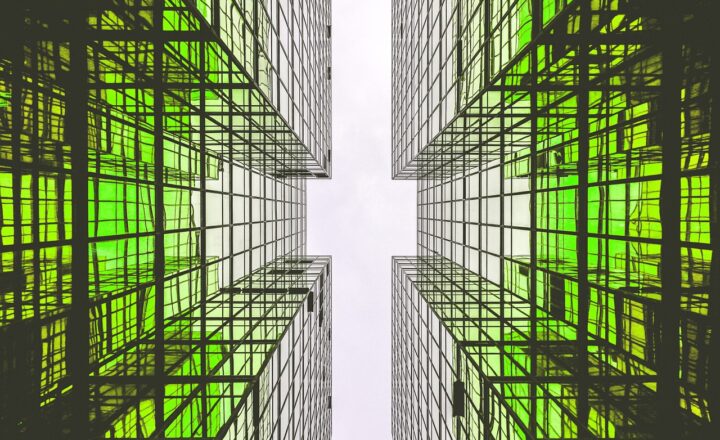
In an ever-evolving world, cities are becoming more than just physical spaces; they are reflections of the future and representations of our aspirations. Architects across the globe are at the forefront of this transformation, leveraging innovations in technology, sustainability, and design to create cities that not only meet the needs of their inhabitants but also inspire them. From vertical gardens to smart buildings and eco-districts, the world’s most futuristic cities embody the dreams of a sustainable and high-tech future.
—
### 1. The Essence of Futuristic Architecture
Futuristic architecture embraces an aesthetic that transcends classical styles, integrating new materials, technology, and paradigms of space. These designs often emphasize fluid lines, sustainability, and innovative use of resources. Key characteristics include:
– **Integration with Nature**: Buildings designed to harmonize with their natural surroundings often utilize green roofs, vertical gardens, and solar paneling.
– **Smart Technology**: Incorporation of IoT devices, automation, and responsive systems that adapt to the needs of the building and its users promotes a seamless living experience.
– **Sustainable Materials**: Usage of recycled, eco-friendly materials that reduce carbon footprints is becoming a hallmark of modern construction practices.
As architects explore newer technologies and materials, the potential for revolutionary designs only grows.
—
### 2. Iconic Examples of Futuristic Cities
Several cities stand out as beacons of futuristic architecture, showcasing innovative designs and smart planning.
#### a. **Singapore: A City in a Garden**
Singapore is often cited as the archetype of a futuristic city. Its **Gardens by the Bay** boasts towering Supertrees that capture solar energy, while the iconic **Marina Bay Sands** hotel features a stunning sky park atop its three towers. The city is also renowned for its commitment to sustainability, integrating green spaces throughout urban areas, creating a seamless blend of ecology and high-tech living.
#### b. **Dubai: A Visionary Paradise**
Dubai showcases an extraordinary vision of the future with its **Burj Khalifa**, the world’s tallest building, and the recent developments on **The Palm Jumeirah**. The city is constantly pushing the boundaries of what is possible, from the autonomous drones transporting goods to the lush urban habitats incorporated into the city’s infrastructure.
#### c. **Tokyo: The Fusion of Tradition and Technology**
Tokyo provides a vivid contrast of modernity and tradition. Its skyline is punctuated with futuristic buildings like **Tokyo Skytree** and **Roppongi Hills**, interspersed with ancient temples. The city’s focus on smart transport infrastructure, including the famed Shinkansen (bullet train), reflects a seamless integration of technology in daily life.
—
### 3. The Role of Sustainability in Futuristic Architecture
As urban populations continue to grow, the need for sustainable design becomes increasingly pressing. Architects are tasked with rethinking how urban environments can coexist with natural ecosystems.
– **Zero-Energy Buildings (ZEB)**: These buildings produce as much energy as they consume, often relying on solar and renewable energy sources.
– **Water Management Systems**: Incorporating permeable pavements and rainwater harvesting systems helps combat flooding and minimizes water usage.
– **Community-Oriented Designs**: Creating neighborhoods that encourage community engagement and sustainable transportation options such as walking and biking fosters a sense of belonging while reducing carbon footprints.
—
### 4. The Impact of Smart Technology
Smart cities leverage technology to enhance the quality of life for their residents. Futuristic architecture often embodies these principles, incorporating:
– **Smart Traffic Management**: Systems that monitor and manage traffic flow, reduce congestion, and enhance public transportation efficiency.
– **Interactive Public Spaces**: Utilizing augmented and virtual reality to create immersive experiences while promoting public engagement and education.
– **Sustainable Energy Consumption**: Smart grids enable real-time energy monitoring, empowering citizens to manage their energy usage effectively.
—
### 5. The Challenges Ahead
While the vision of futuristic cities is compelling, several challenges persist:
– **Affordability**: As cities evolve, maintaining affordability amidst rising costs must remain a priority.
– **Cultural Preservation**: Balancing innovation with the preservation of cultural heritage is vital to ensuring community identity.
– **Implementation of Technology**: Deployment of advanced technologies can encounter resistance due to societal and cultural factors.
—
### 6. The Future of Urban Living
The future of urban living is both thrilling and complex. As architects and city planners innovate, the blueprint for tomorrow’s cities will continue to evolve.
– **Heightened Adaptability**: Designing spaces that can adapt to changing needs and environmental conditions is essential.
– **Inclusivity**: Future cities must prioritize inclusivity to ensure all citizens benefit from advancements in technology and sustainable practices.
– **Global Collaboration**: Sharing knowledge and resources between cultures and nations will be critical in addressing global urban challenges.
—
### Conclusion
Architects are playing a critical role in shaping a sustainable and technologically integrated future. The cities of tomorrow will not only be landscapes of innovation but also environments that nurture community and respect the planet. As we look ahead, the promise of futuristic cities invites us to reimagine our relationship with urban living, sustainability, and interconnectedness. By learning from one another and embracing advancements in design and technology, we can build worlds that inspire future generations, ensuring a brighter path into the unknown.
—






